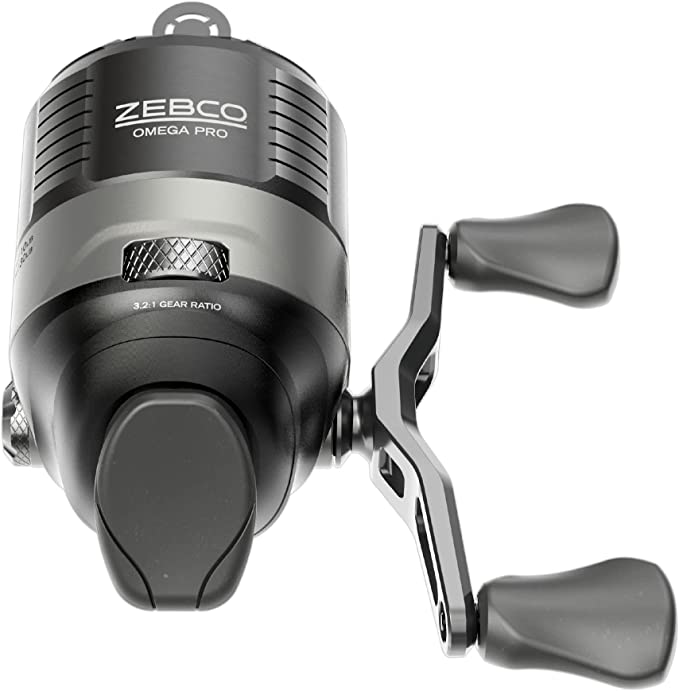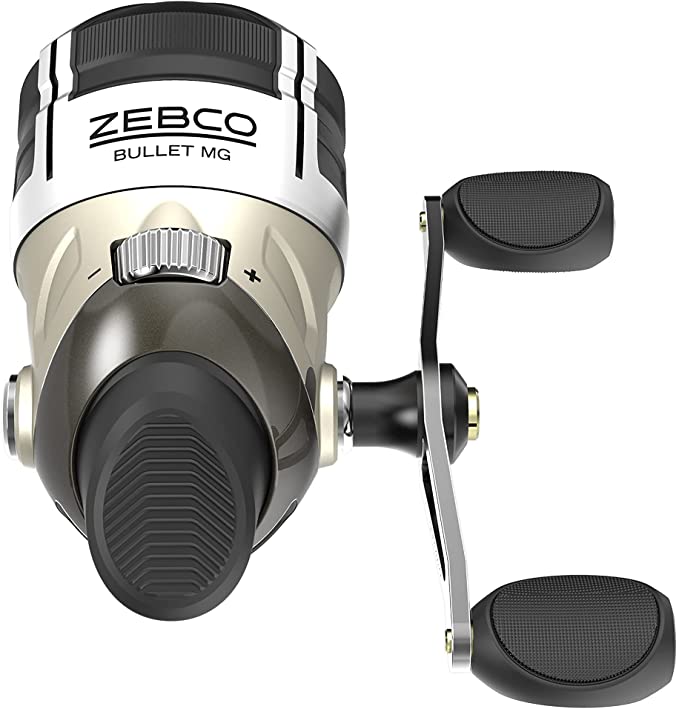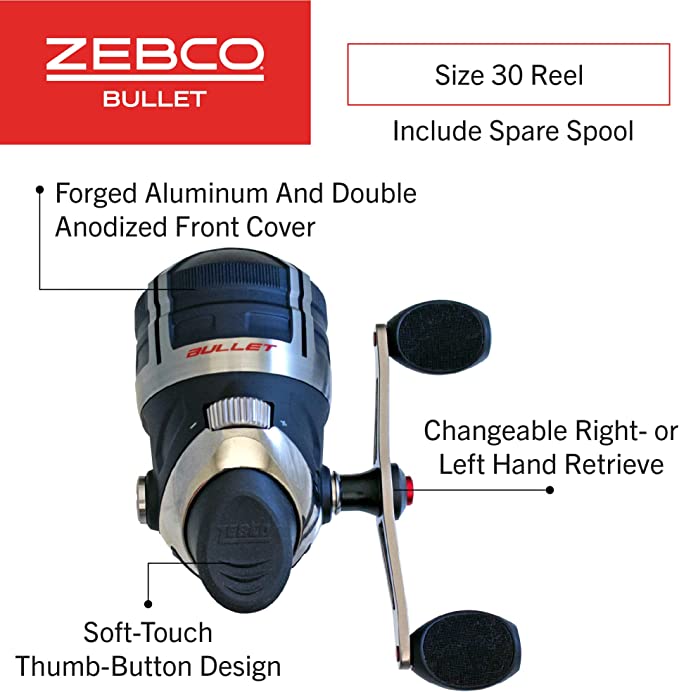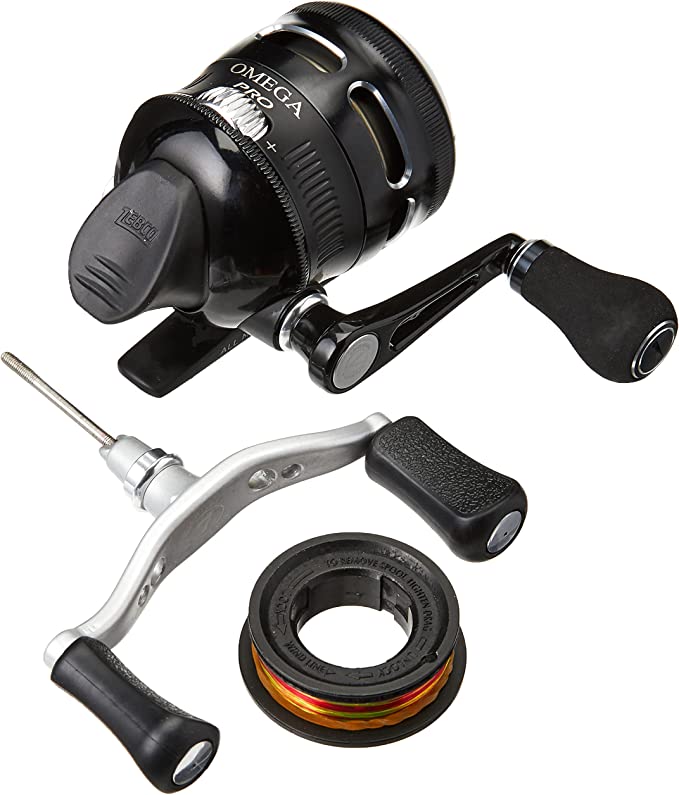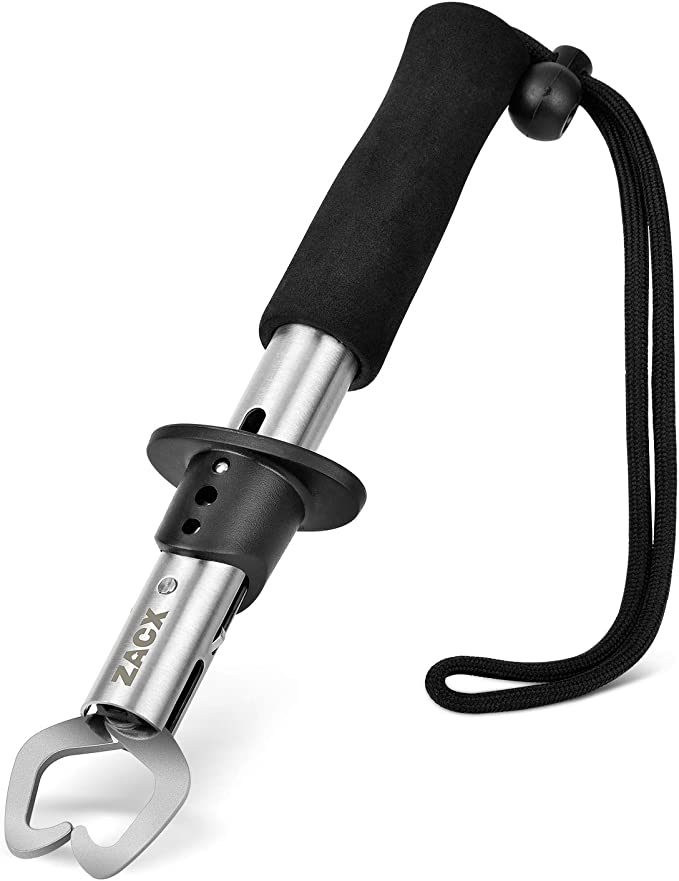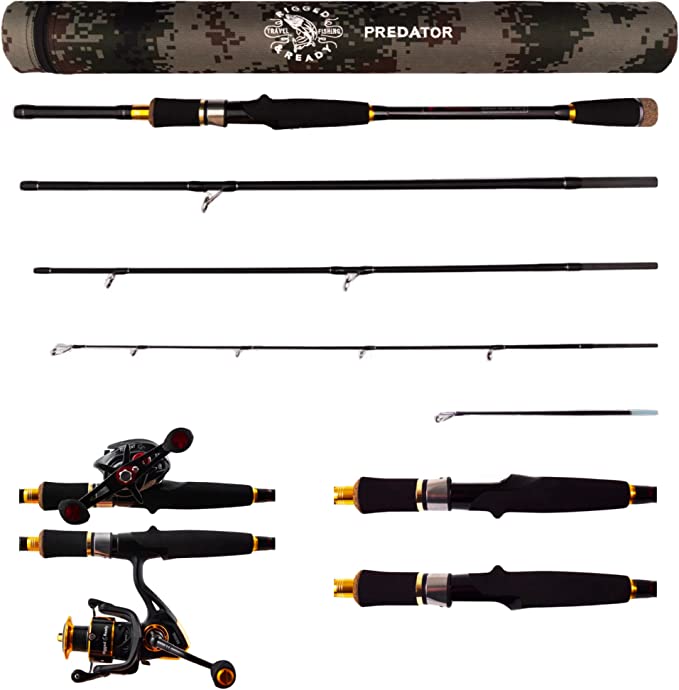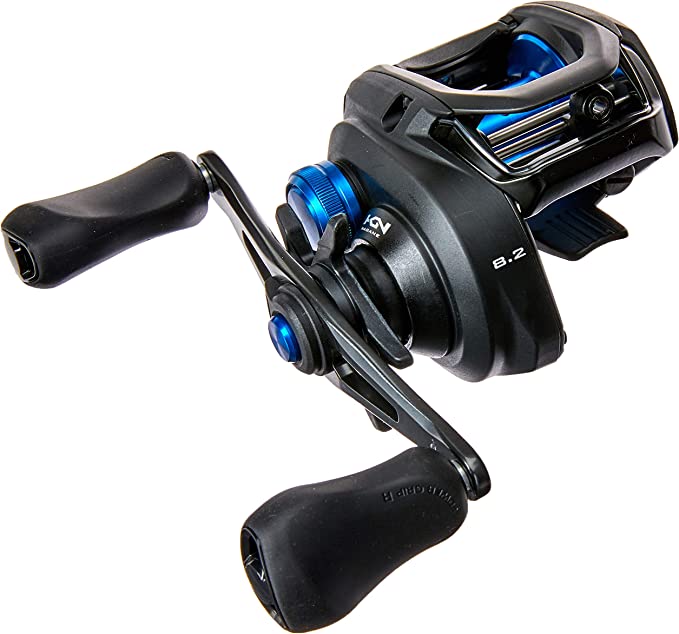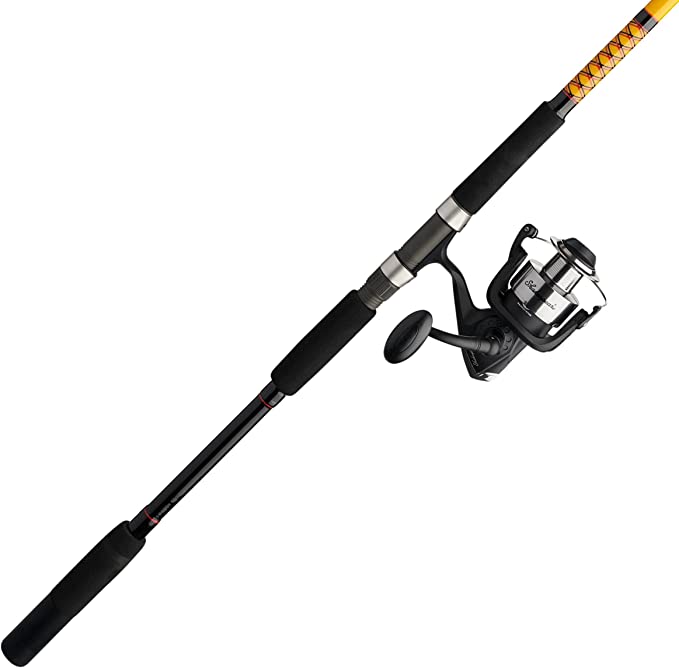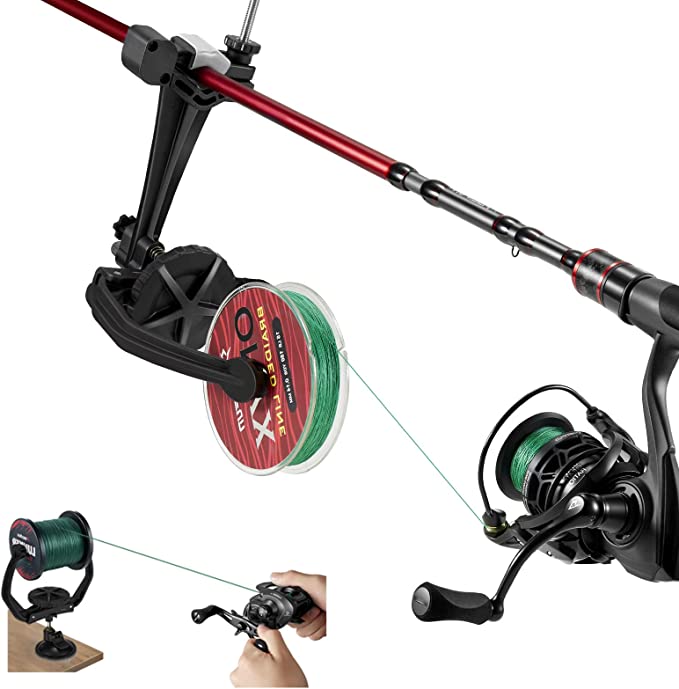The Unlikely Story of the Zebco 808: How a Bomb Fuse Company Created a Fishing Legend
Update on Aug. 2, 2025, 7:35 a.m.
There’s a sound familiar to anglers across North America, a sound that often breaks the stillness of a warm evening by the water. It’s not the gentle lapping of waves or the drone of insects, but a sudden, sharp, mechanical zzzzzzzt. It’s the cry of a bite alert, the signal that something below is taking the bait. For countless people, that sound is intrinsically linked to a durable, dome-faced reel—a Zebco. And while it signals the start of a fight with a fish, it’s also the echo of a uniquely American story, one that starts not with fishing, but with bombs. The Zebco 808, in all its rugged simplicity, isn’t just a piece of fishing gear; it’s a living artifact of post-war ingenuity and a masterclass in robust mechanical design.
From Bombs to Bobbers: An Unlikely Origin
To understand the Zebco 808, you must travel back to the late 1940s. America was emerging from the shadow of World War II, and a new middle class found itself with something novel: leisure time. Fishing, once primarily for sustenance, was becoming a national pastime. Yet, it had a high barrier to entry. The dominant casting reels of the era were notoriously difficult to master, prone to creating a frustrating, tangled mess of line known as a “backlash.”
Enter R.D. Hull, a watchmaker from Tulsa, Oklahoma. With his intricate understanding of gears and springs, he looked at the backlash problem and saw a mechanical solution. He envisioned a reel where the spool was stationary during the cast, with the line uncoiling cleanly from its end, all housed neatly under a protective cover. The concept was brilliant, but he needed a manufacturer. He found one in the most unlikely of places: the Zero Hour Bomb Company. This local Tulsa business specialized in electric time bombs used for fracturing oil wells. They knew precision manufacturing. In a pivot that would become legendary, the company that made things go “boom” decided to go fishing. By 1949, they had produced the world’s first commercially successful spincast reel, and by 1956, the company officially renamed itself Zebco. They hadn’t just created a product; they had democratized the sport, putting a reliable, easy-to-use reel into the hands of millions.
Anatomy of an Enduring Workhorse
The modern Zebco 808 is the direct descendant of that revolutionary idea, scaled up and hardened for battle with formidable fish like catfish, striper, and other powerful species. It carries on its ancestor’s legacy not through flashy gimmicks, but by adhering to the same core principles of robust, straightforward engineering. To appreciate its genius, we need to look inside.
The Engine Room: Torque Over Tempo
At its core, the 808 is a power winch. This is immediately evident in its use of all-metal gears. In engineering, material choice is paramount. Under the immense stress of fighting a heavy fish, polymer or composite gears can deform or strip, causing a catastrophic failure. Metal, however, maintains its structural integrity, ensuring that every ounce of force you apply to the handle is translated into pulling power. This is the foundation of the reel’s heavy-duty reputation.
That power is precisely managed by the 2.6:1 gear ratio. This figure is the reel’s mechanical soul. It means for every rotation of the handle, the internal spool that gathers the line turns 2.6 times. In mechanical terms, this is a low gear, designed to provide a significant mechanical advantage. It’s the same principle as using a low gear on a truck to pull a heavy load uphill. You sacrifice high-speed retrieval for immense torque—the rotational force needed to move a stubborn object. When a 30-pound catfish is digging into the mud at the bottom of a river, you don’t need speed; you need raw, relentless pulling power. The 808 is engineered to provide exactly that.
The Unsung Hero: Cheating Friction
Friction is the constant, invisible enemy of all fishing tackle. Every time you cast and retrieve, your fishing line saws back and forth across a tiny component called the pick-up pin. With a softer metal pin, a high-tension line can slowly carve a groove into its surface. This groove then acts like a dull knife, abrading, weakening, and eventually snapping your line.
The 808’s use of a ceramic pick-up pin is a direct application of material science to defeat this enemy. Ceramic is a material defined by its extreme hardness and low coefficient of friction. On the Mohs scale of mineral hardness, it far surpasses most metals. This means the 20-pound monofilament line glides over its smooth, unyielding surface with minimal resistance and virtually no abrasive wear. It’s a small, often overlooked detail that dramatically enhances the reel’s longevity and protects the single most critical link between you and the fish.
The Physics of the Fight: Controlled Chaos
Hauling power is only half the battle; controlling the fish’s power is the other. This is where the Dial-Adjustable Magnum Drag system comes into play. A drag system is, in essence, a controlled clutch based on the fundamental principles of physics. It uses a series of washers that apply precise, consistent friction to the spool. When a fish makes a sudden, powerful run, the force overcomes the static friction of the drag, allowing the spool to turn and release line. This act prevents the instantaneous force from exceeding the line’s breaking strength. According to Newton’s Second Law ($F=ma$), a sudden stop would create an enormous spike in force. The drag system smooths out that force over time, keeping the line intact. The “Magnum” designation signifies a system built with large-diameter washers to provide a greater surface area for smoother friction and better heat dissipation during long fights.
This control is complemented by the QuickSet Anti-Reverse mechanism. This is typically a one-way clutch bearing that instantly prevents the handle from turning backward. Its importance cannot be overstated. When you feel a bite, you need to set the hook firmly. Any backward play or “slop” in the handle would waste critical energy and time, resulting in a weak or missed hookset. The instant engagement of the anti-reverse ensures that all your upward force is transferred directly and immediately into the line, driving the hook home with authority.
More Than Metal and Gears
The Zebco 808 is not the lightest, fastest, or most technologically advanced reel on the market. It was never meant to be. Instead, it remains a monument to a brilliant idea, executed with rugged, reliable components. It is the convergence of a watchmaker’s ingenuity, a bomb company’s manufacturing prowess, and the spirit of an America that was rediscovering the simple joys of the outdoors. Its weight is the heft of its all-metal resolve. Its deliberate, powerful retrieve is a reminder that in a fight, brute strength often trumps haste. And the sound of its clicker is the enduring call of a legacy—a testament to the profound, lasting power of a simple, honest, and incredibly effective design.
